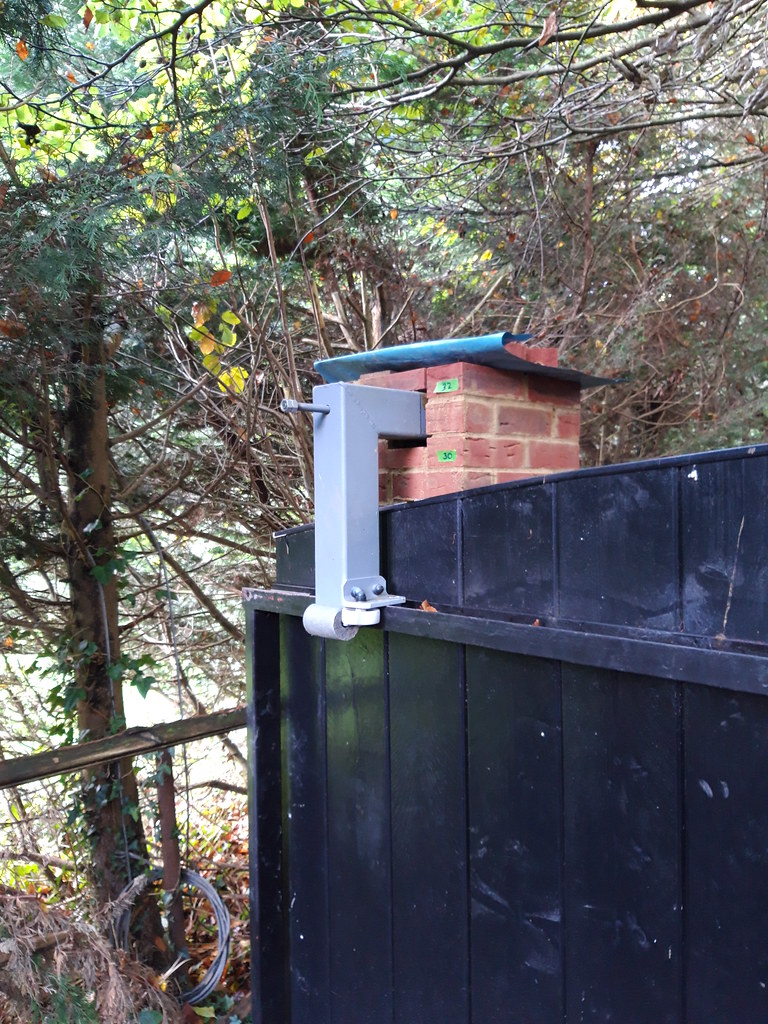Gritineye
Member
- Messages
- 2,101
Hydrated lime will be fine for that job, use a stiff mix using sharp grit sand around 2:1. For a yellower look add some builders sand.
Depending on exposure, lime will weather off over time and leave the grit showing if you avoid trowelling the joints smooth, use the edge of your trowel and just rake them.
Put a board across the front and place flints against it to keep them from drooping, fill all at the back and around each flint.
Do both all panels at the same time, alternating between them.
By the end of the day, they will have gone off enough to remove the board and strike off the excess mortar.
Lightly brush any nibs off the next day, but not too hard.
Move boards up and repeat, by the time you reach the top course you will have got the hang of it and be able to place them in freehand.
Most important thing it not to rush, nothing worse than watching it all flop onto the ground cos it's too wet to support the next course.
It wouldn't hurt to use a couple of stainless screw in ties in each panel.
Size the flints in proportion to the panels, you only need small ones for that, place them touching, as the joints get wider towards the front.
One I did earlier..

Depending on exposure, lime will weather off over time and leave the grit showing if you avoid trowelling the joints smooth, use the edge of your trowel and just rake them.
Put a board across the front and place flints against it to keep them from drooping, fill all at the back and around each flint.
Do both all panels at the same time, alternating between them.
By the end of the day, they will have gone off enough to remove the board and strike off the excess mortar.
Lightly brush any nibs off the next day, but not too hard.
Move boards up and repeat, by the time you reach the top course you will have got the hang of it and be able to place them in freehand.
Most important thing it not to rush, nothing worse than watching it all flop onto the ground cos it's too wet to support the next course.
It wouldn't hurt to use a couple of stainless screw in ties in each panel.
Size the flints in proportion to the panels, you only need small ones for that, place them touching, as the joints get wider towards the front.
One I did earlier..
Last edited:












